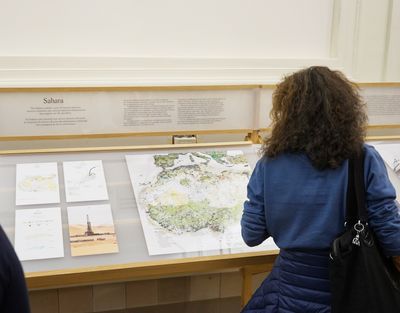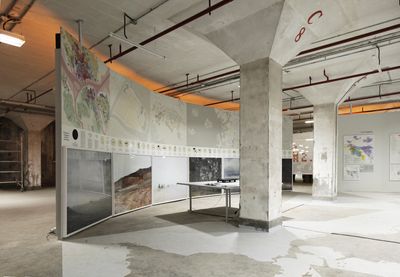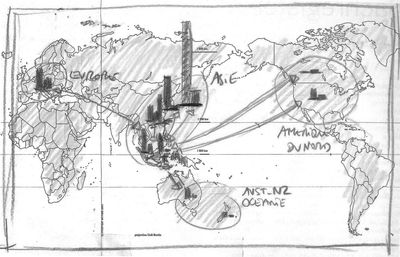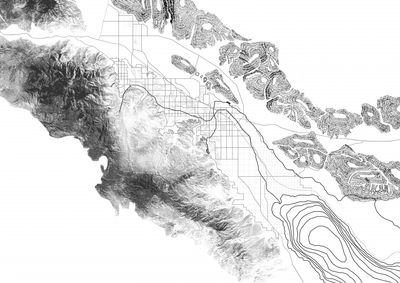Territories of Extended Urbanisation
Future Cities Laboratory

The boundaries of the urban have been exploded to encompass vast territories far beyond the limits of even the largest mega-city regions. Meanwhile, novel patterns of urbanisation are crystallising that challenge inherited conceptions of the urban as a bounded, universal settlement type. This project explores and analyses different examples of extended urbanisation and proposes a radical rethinking of inherited cartographies of the urban.
The popular claim that we now live in an “urban age” because the world’s majority population lives in “cities” is a deeply misleading basis for understanding the contemporary “urban revolution” theorised by Henri Lefebvre. Cities are not isolated manifestations or universally replicated expressions of the urban condition, but are embedded within wider, territorially uneven, and restlessly evolving processes of urbanisation at all spatial scales, encompassing both built and unbuilt spaces, across earth, water, sea, and atmosphere.
This novel topic in urban research urgently needs further empirical as well as theoretical foundational work. In order to allow a better understanding of the basic mechanisms and dynamics of contemporary urbanisation, this project collects, analyses and compares selected examples of extended urbanisation and hinterlands in the Singapore region as well as in other parts of the world.
Two international research conferences with leading scholars and researchers will allow to develop a thorough understanding of this novel field of urban research and the creation of a more nuanced analytical framework. Finally, it will contribute to a collection of innovative papers resulting in an innovative and encompassing book that could form a foundational contribution to the emerging field of studies on extended urbanisation.
Additionally, a book publication on the Hinterland of Singapore is projected. Through essays, maps, diagrams, and photographs, this book will offer an alternative portrait of the city-state—not the accustomed view of Singapore as an island developed on the paradigm of a global city, but as a city whose present and future are tightly connected to its metropolitan region. The book will also serve as a source for redefining the notion of the hinterland at the start of the 21st century.



